
A quickie: Statz let's you update your status on a variety of IM clients as well as Tumblr, Twitter.
And remember: Don't repeat yourself!

And remember: Don't repeat yourself!
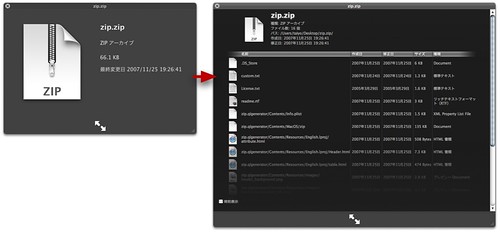
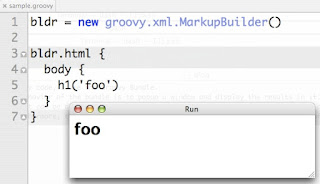
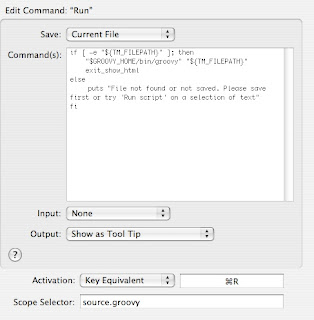
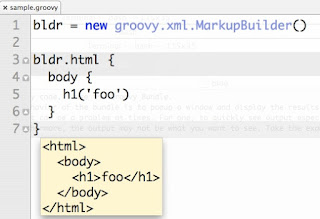
What's even better is that you can determine where you want the cursor to end up by placing a magic marker there. For my Ruby on Rails talk, I need to create a database keyed to the city I'm in, so I use this TextExpander goodie, which leaves my cursor right before "_development".
svn st | grep '^\?' | tr '^\?' ' ' | sed 's/[ \t]*//' | sed 's/[ ]/\\ /g' | xargs svn add
What's more, you can create abbreviations for stuff like dates. Life's too short to be typing the bloody date all the time, so it looks like today is 2007-10-25.
/opt/local/bin/mysqladmin5 -u root create %|_development
set -o vi

Nocturne provides a much improved version of the "White on Black" display in the Universal Access preferences pane. It works much better though - I've been told by a friend who's been having vision problems that it works much better for high contrast display.
I'd post a screenshot, but I can't figure how to take one that shows the inverted colors. ;) Try it.
The other day, at erubycon, Chad Humphries was showing me some of the plugins and bundles that he uses. I just got around to trying out Missing Drawer and it solves that problem - instead of the standard drawer, it modifies TextMate's interface to an Xcode-like project window interface without the drawer. This makes it really easy to resize the file tree.
Mandatory screenshot:
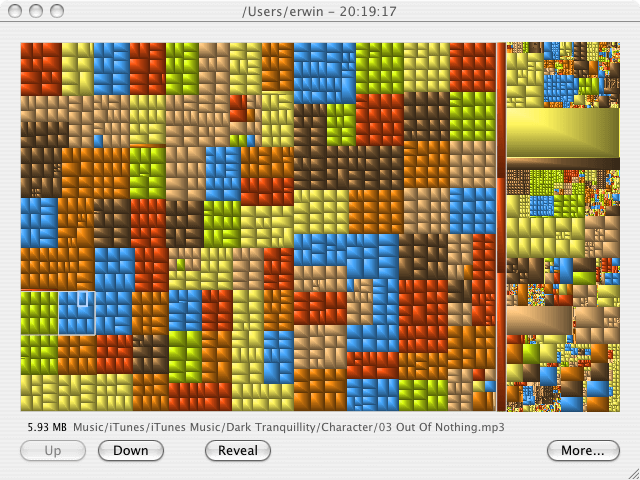
---
source: link:../${TM_FILEPATH/\/Users\/jNf\/Documents\/dev\/ruby\/meta-programming\///}
Which is exactly what I want.
---
source: link:../16.delegation/forwarding.rb
I was doing some spring cleaning on my hard drive this morning ("rm -Rf *" -- no, NOT in my home directory...). As an afterthought, I did a "ls -al" to verify that, indeed, everything was gone. To my surprise, there were a couple of StuffIt droppings left behind. ".$$ StuffIt Temp 1143648937" Big 'uns, too. Almost a gig worth of dead air. Them files needed killing.